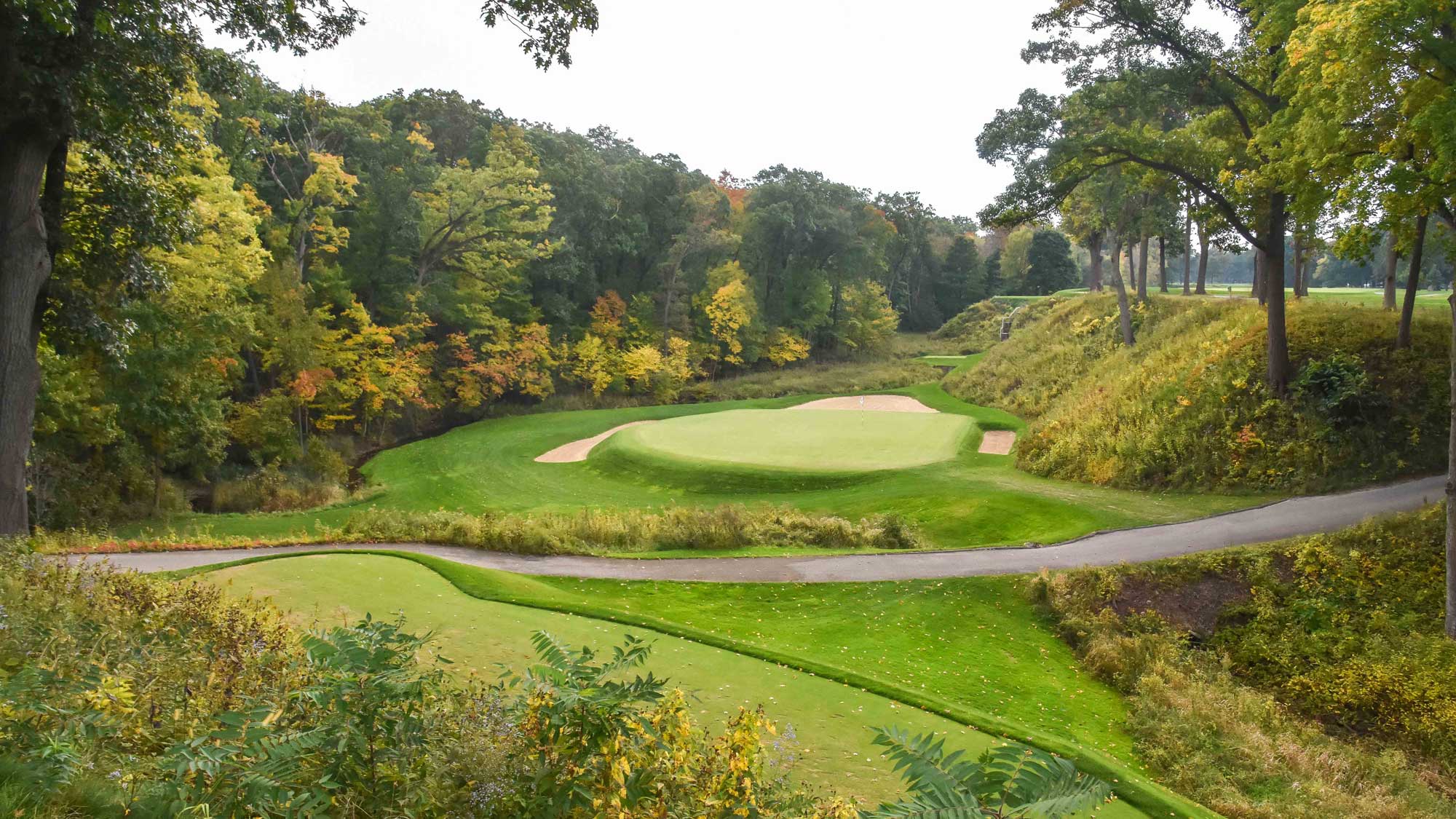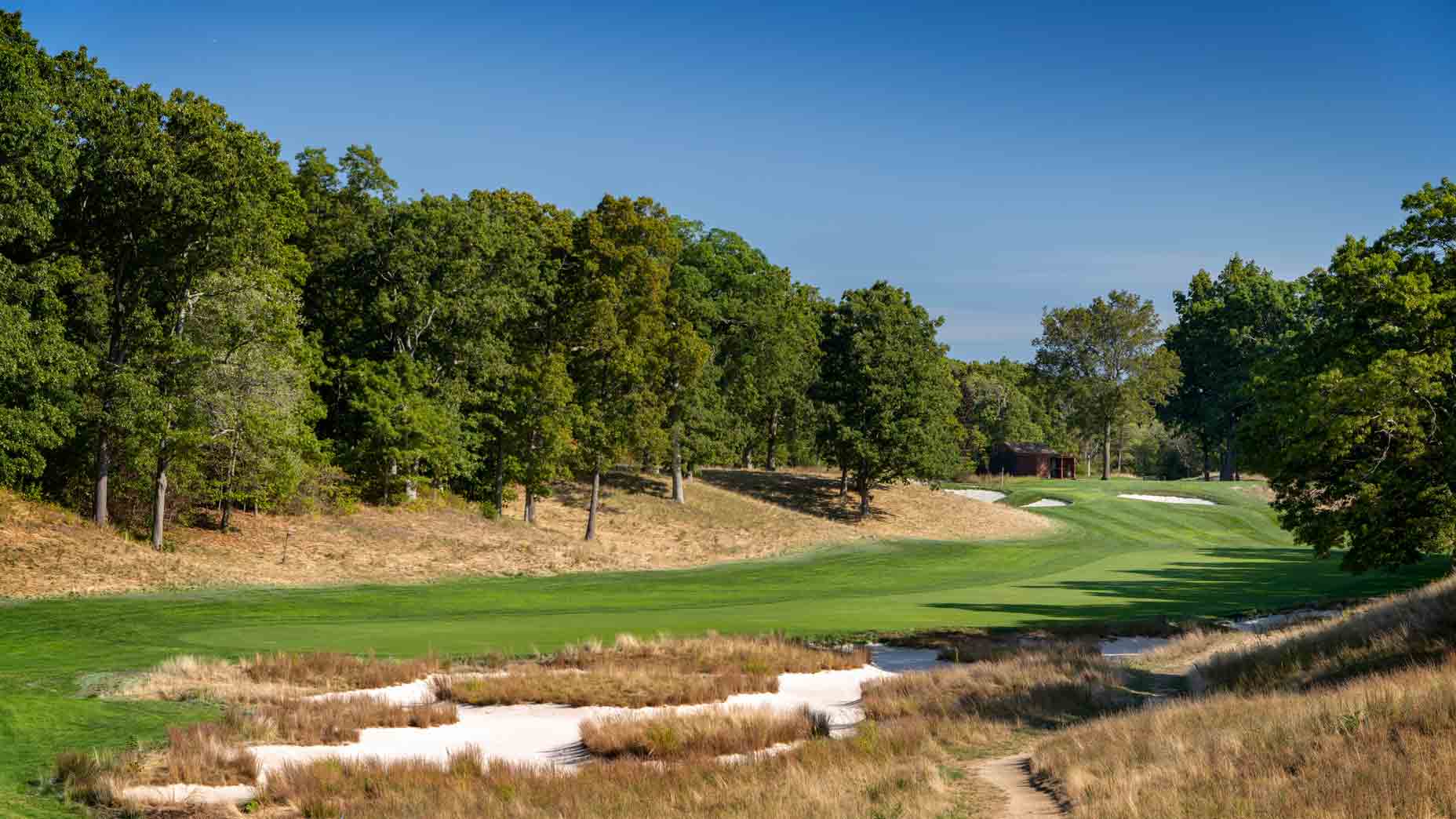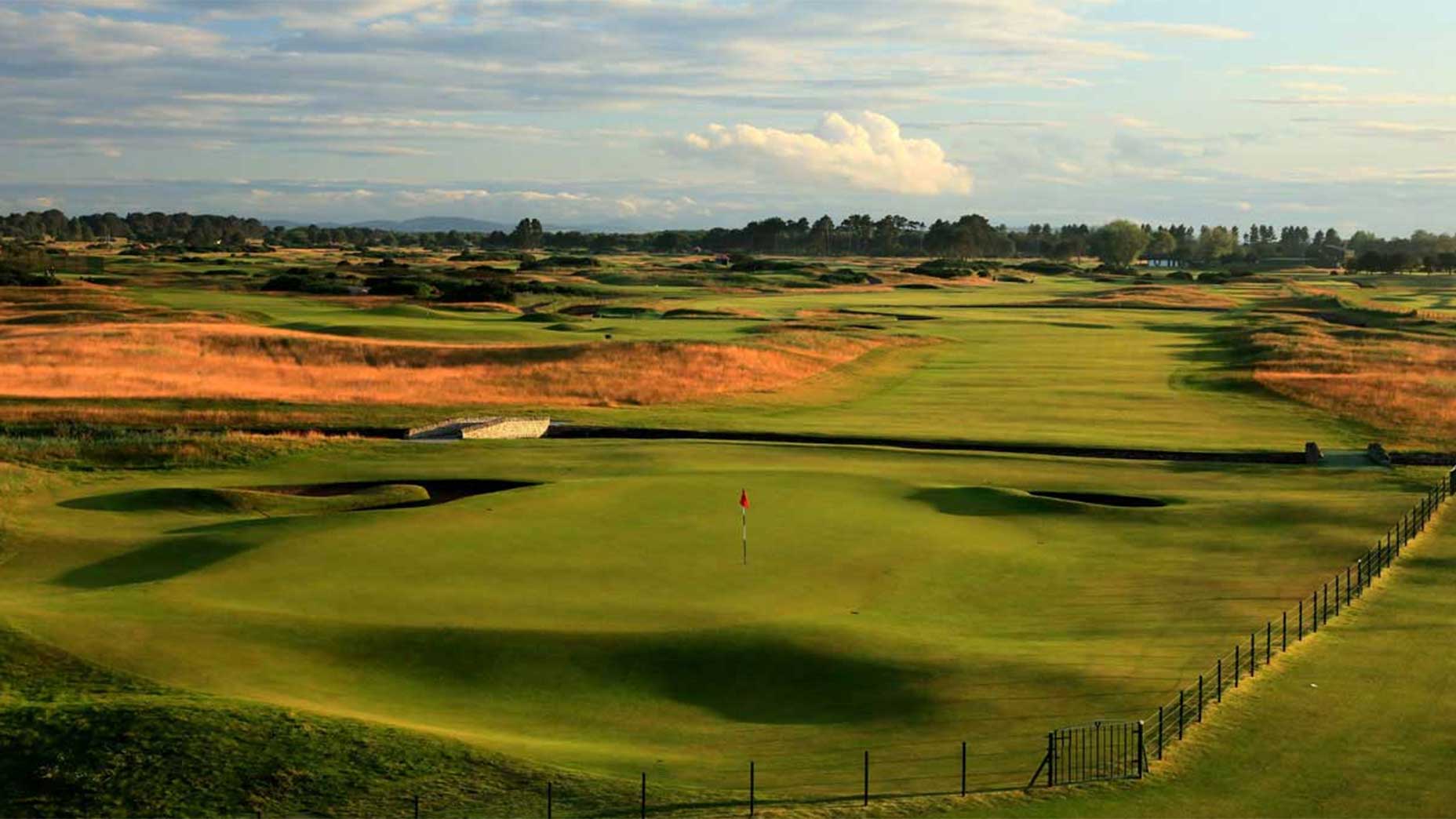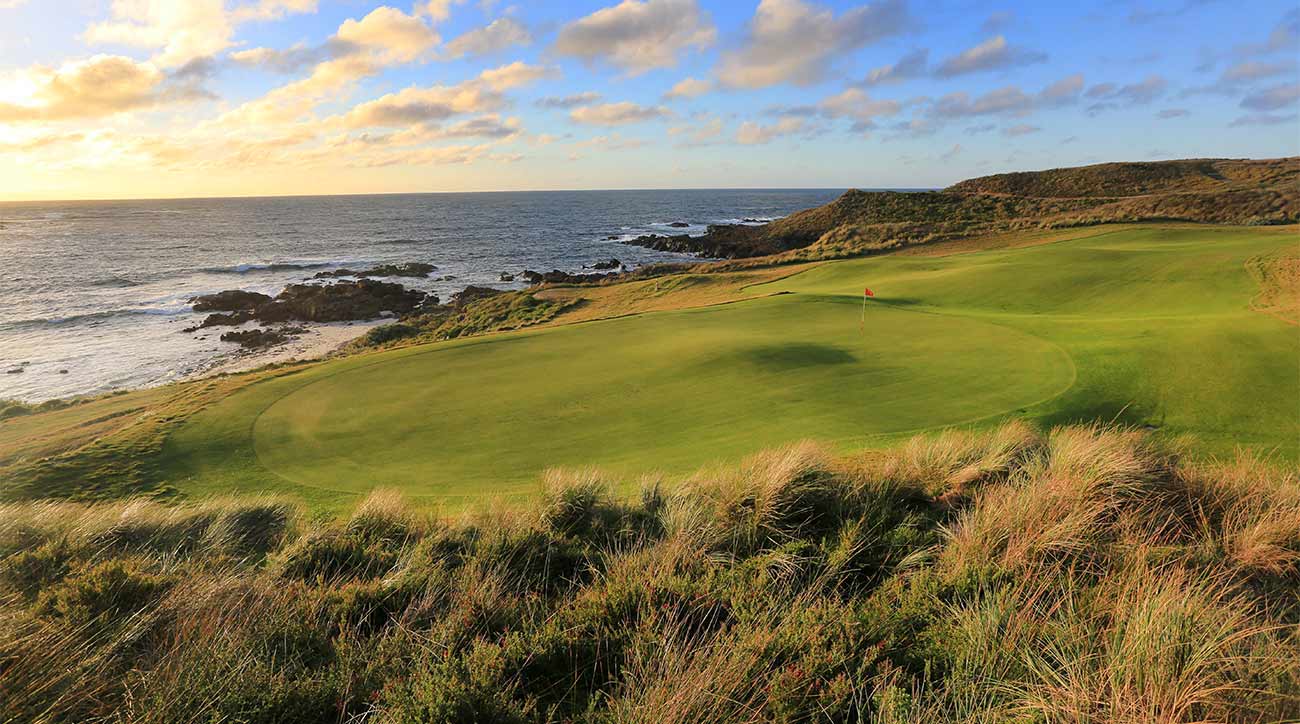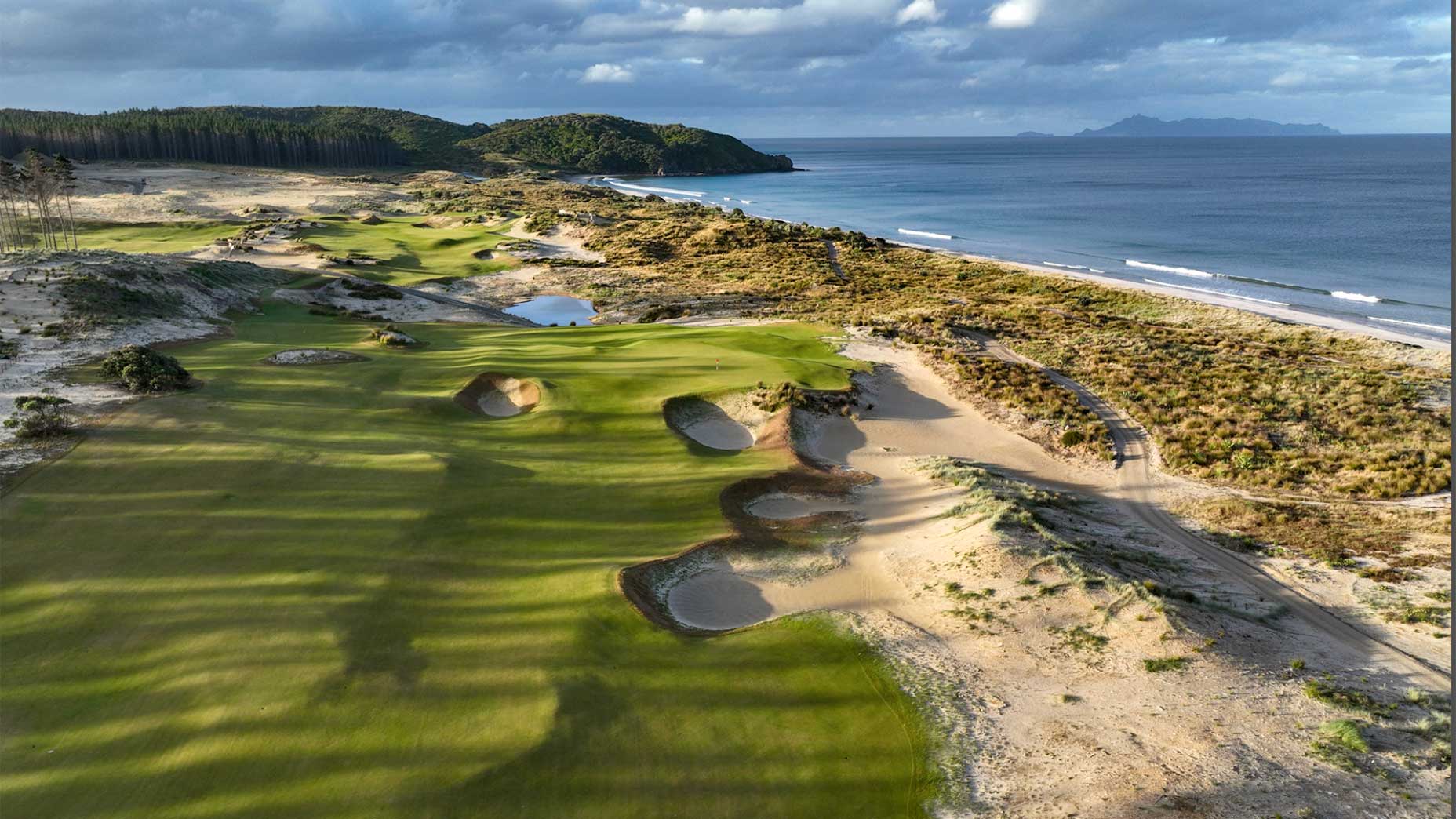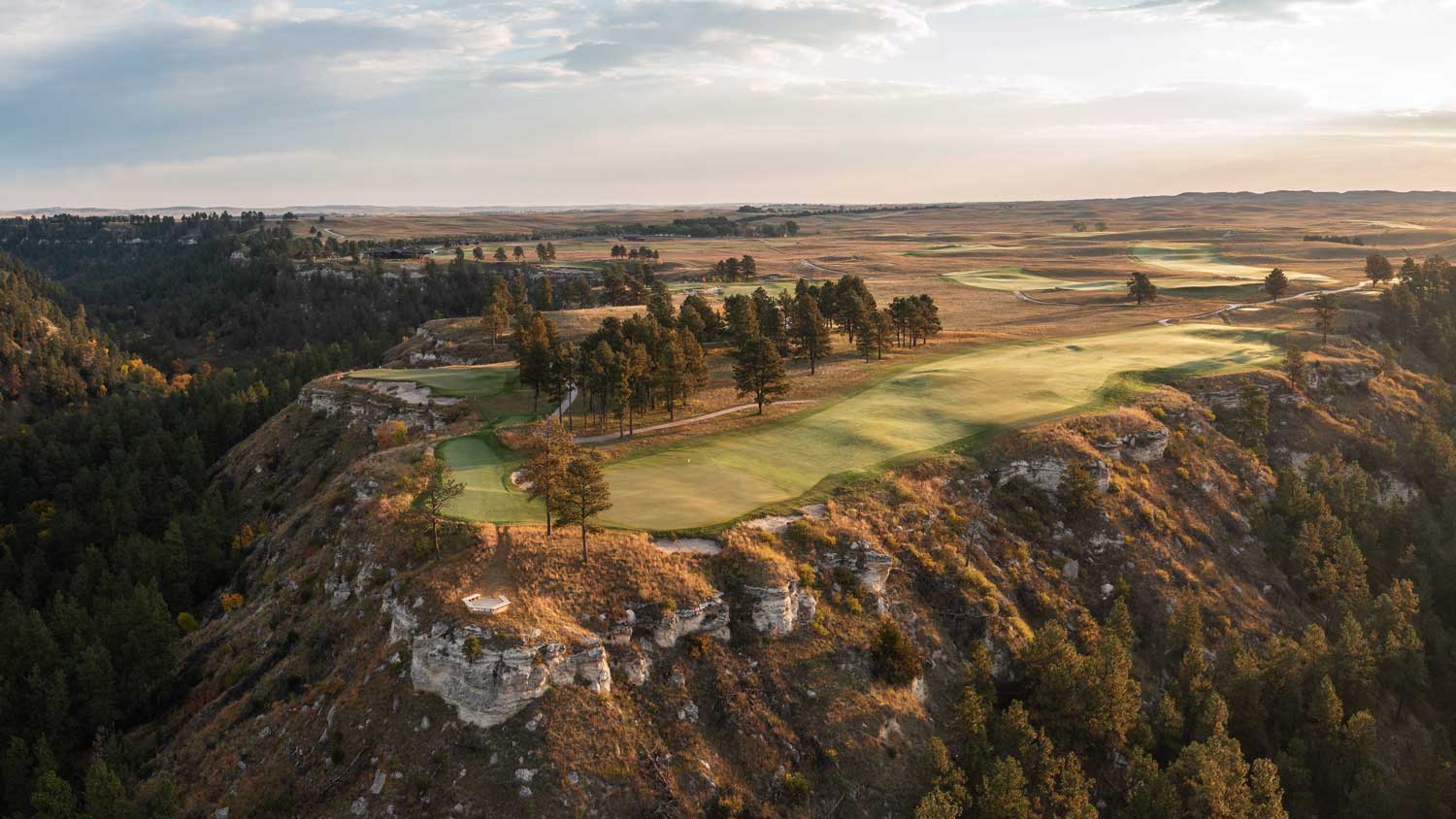Ed. note: With each new Top 100 Courses ranking comes new learnings, both large and small. Our 2021-22 Top 100 World list is no exception. To better understand this ranking’s key trends and takeaways, we asked Ran Morrissett, who manages our ratings panel, for his observations. Here’s the third installment of his seven-part series. Stay tuned to GOLF.com in the coming days for more of Morrissett’s insights.
***
Part I: Pandemic positives
Part II: The return of parkland golf
Part III: Beauty is more than skin deep
In addition to improving their overall aesthetic, parkland courses have been reimagined to play better than ever. You can use the recovered back knobs on the 3rd, 5th and 17th greens at Oakland Hills to work a ball eight to 10 yards toward the hole. Fun! You can now hit a bullet approach that runs onto the open, bunkerless 14th green nestled in a gentle depression. Outstanding! These opportunities are the type of ground-game shots you might expect at North Berwick (No. 35), not outside the Motor City. Count on Director of Agronomy Phil Cuffare and his crew to provide playing surfaces that allow you to play whatever shot you can dream up.
Oakland Hills, Merion (No. 13), the two courses at Winged Foot (West and East, Nos. 25 and 68 respectively), Muirfield Village (No. 85), Baltusrol Lower and others may not have been built on sand but are increasingly playing like they were, thanks to the special attention being lavished on their infrastructure. Such clubs continually use advancements in irrigation technology and advanced drainage systems to gain greater control over how their courses challenge. Baltusrol’s director of grounds, Greg Boring, notes: “Working with Gil [Hanse], we installed just shy of 20 miles of drainage throughout the fairways and the rough, in addition to 2,200 sprinkler heads and 19 Precision Air Vaults with the ability to heat and cool the putting surfaces. Precision Air also gives us the ability to remove moisture from the green.”
Ryan Fountaine, Baltusrol’s director of golf, explains the importance: “Firmer, faster and more consistent playing conditions are now present daily, which allows for more shotmaking creativity. I’ve enjoyed hitting some recovery shots out of the rough and chasing them onto the open greens. The golfer has to think and focus on where to land the ball, which really makes golf so much more fun.”
Truly, the conversation has shifted from the inane aesthetics of wall-to-wall immaculate green grass to how courses play. Of course, spending seven figures on a course’s infrastructure is beyond the scope of most clubs; a sand-based course like Tara Iti (+4 spots to No. 23) continues its rise without such work. Still, the fact remains that clay-based courses are increasingly enjoying better playing attributes. Whatever soil a course sits upon, playability blossoms when the ball is allowed to run via firm, “bouncy” conditions. Certainly, holes like Nos. 6 and 13 at Baltusrol Lower now play as the course’s original architect, A.W. Tillinghast, intended, with approach shots able to “skip” onto the green.
Firm surfaces are golf’s nirvana. They help the less talented players while challenging the very best. Large swaths of golfers, from beginners learning the sport to those growing old gracefully with her, benefit from the release of the ball along the ground.


